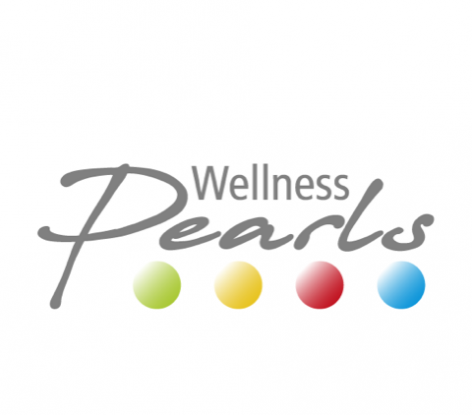Wellness dictionary
Little ABC for your spa-break questions ...
In their treatment discriptions, wellness hotels often use technical terms, which are hard to understand for potential guests. We have therefore collected and defined the most relevant terms in our small wellness ABC. A tip: Our wellness dictionary also supports word requests. You don't need to know the exact wording.
Select letters or search term:
Cleopatra bath
What is a cleopatra bath?
Back in the Ancient time, Cleopatra was known to be one of the most beautiful women. To maintain her beauty, she often took baths in donkey milk and honey. But also mare’s milk and essential oils were added to the queen’s baths. So it is safe to say that baths are probably one of the oldest wellness treatments of the world.
Thus, not only Cleopatra attached importance to her daily skincare routine: Also the ‘average’ Egyptian society did so. For them, bathing with aromatic oils was a part of their everyday lives. After bathing, crèmes were applied to the body, which not only moisturized the skin but also protected it from the sun.
What do I need for a Cleopatra bath?
Just like thousand years ago, the main ingredient for a Cleopatra bath is milk. Even up to these days donkey milk is used, mainly for cosmetic purposes and to ease allergies. The proteins of donkey milk have a calming effect on the skin and help to fight various skin complaints. Thus, donkey milk is quite expensive. Therefore, goat, sheep or cow milk are often used as a more affordable substitute for donkey milk. For people suffering from neurodermatitis sheep milk works really well, as it has a lipid content of 7%. Besides that, sheep milk contains a lot of rich vitamins.
Just like back in the days, also honey is added to a Cleopatra bath. To increase the lipid-regulating effect even more, sometimes lavender or almond oil is added to a Cleopatra bath.
What are the effects of a Cleopatra bath?
The milk calms and moisturizes the skin. Furthermore, the vitamins A and E protect the skin from ‘free radicals’, damaging the skin and enhancing the ageing process. B vitamins smoothen the skin. Not only creates a Cleopatra bath a silky, soft skin but also recreates the protective acid mantle. A Cleopatra bath is therefore a very natural beauty treatment.
As mentioned before, also honey is a main ingredient of a Cleopatra bath. Back in the ancient time, honey was known to be a precious food. Not only does it have a disinfecting effect but also, just like milk, moisturizes the skin. And who doesn’t love the smell of honey?
To get the most of a Cleopatra bath, it should not be hotter than 39° and should not last longer than 20 minutes.
A variation of the Cleopatra bath is a body mask, where milk and honey are applied to the skin. After, the body gets wrapped in foil and for twenty minutes one relaxes in a waterbed, which is heated to 39°. Sounds like a dream, right?
How to do a ‘do it yourself ‘ Cleopatra Bath
There is nothing more relaxing than taking a bath from time to time. Why not make it a Cleopatra Bath next time? All you need is:
- 1 litre of milk
- 250g bee honey
- 1 to 3 tablespoons of olive oil
- Flower petals of one rose
In the first step, the honey is melted in a waterbed on the stove. Secondly, mix the milk and the olive oil with the honey and add it to the warm bathwater. The bathwater should have a temperature of 39°. Last but not least, the flower petals are added. Good to know: Rose flower petals help against sadness and furthermore ease allergies and dry skin. The fresher the rose petals the more intense they smell.
Of course you can add anything you would like to your Cleopatra bath. What about lavender oil for example to relax even more? Or what about adding sea salt to enhance the blood circulation? The sea salt should be added to the bath after it is filled with 1/3 of water. Wait until it completely resolves before adding more water and the olive-milk-honey mixture.
Is there anything I have to pay attention to when taking a Cleopatra bath?
People who tend to have oily skin will notice a greasy film on their skin after the bath. In this case, the greasy film should be removed with warm water after the bath. People who tend to have dry skin should leave the greasy film and softly dry their skin with a towel. It is recommended to rest after taking a Cleopatra bath.
Related topics: Aloe Vera Anti Ageing Aroma Bath Aroma Foot Bath Baths Banja sauna - The Russian sauna Collagen Footbath Honey massage King's bath

